Are you getting ready to change the color of your aquarium? Therefore, guppies might be perfect for you! However, with the numerous brands and types out there, it can be a daunting task for a new fish enthusiast. Are they schooling fish? How many should you group? And what makes one guppy fish different from another?
Fear not! In this guide, you are going to learn all about guppy: from how they interact to the different types of guppy fish available in the market. They will also include details on how to differentiate males from females and other critical aspects of how to take care of your guppies to enhance their survival with a guppy fish care sheet.
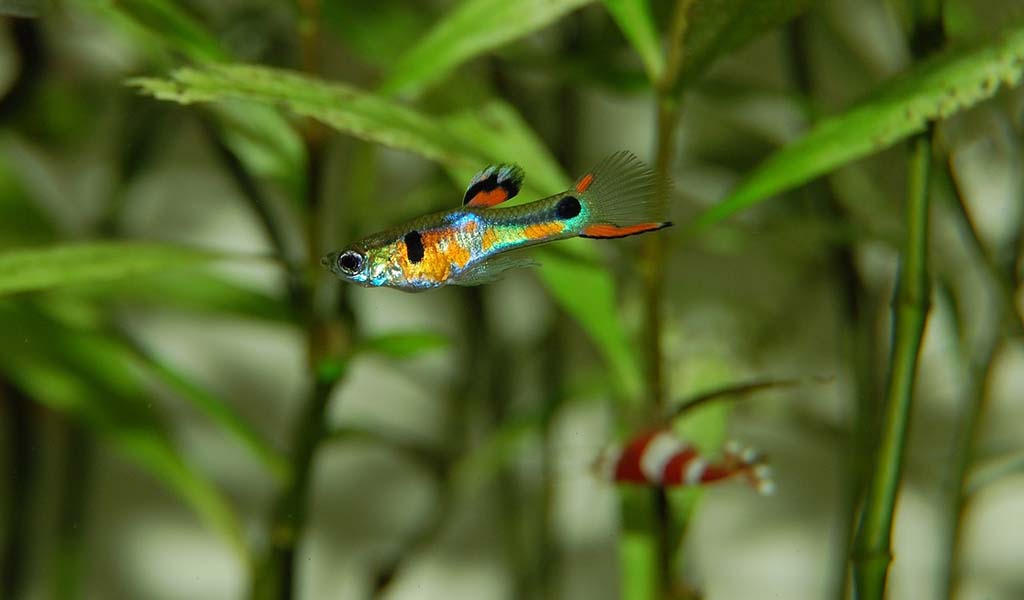
Are Guppies Schooling Fish
There is not a strict school formation among guppies like in some other fish species. Although not school-orientated like the tetras, for instance, they swim in ill-defined shoals, especially when the alarm is posed or when breeding.
How Many Guppies to Keep Together?
The ideal number of guppies in a tank depends on the tank size and your specific goals.
- Breeding: The presence of one male for every two or three females is desirable, according to different experts.
- Community tank: 5 to 15 guppies will do well as a starter population of the fish.
- Large tank: You can have more fish, but then think about the bioload and the filtration.
Important Factors to Consider
- Tank size: Larger tanks are designed to hold more fish.
- Filtration: Another reason is that proper filtration is necessary to deal with the waste generated by several fish.
- Water quality: Flushing is important to change the water to reduce the build-up of waste in the water.
- Behavior: Finally, pay attention to behaviors that your guppy fish exhibit. If they look stressed or cramped, then modify the quantity appropriately. For instance, guppy fish has a pintail should be treated immediately.
The Most Popular Guppy Fish
Guppies come in a stunning variety of colors, patterns, and tail shapes. Here are 10 of the most popular types.
1. Swordtail Guppy
| This is considered to be a classic guppy because of its long stretched lower tail fin that resembles a sword. The formation of its body and sinuous movements make it an exquisite fish to watch in any aquarium. |
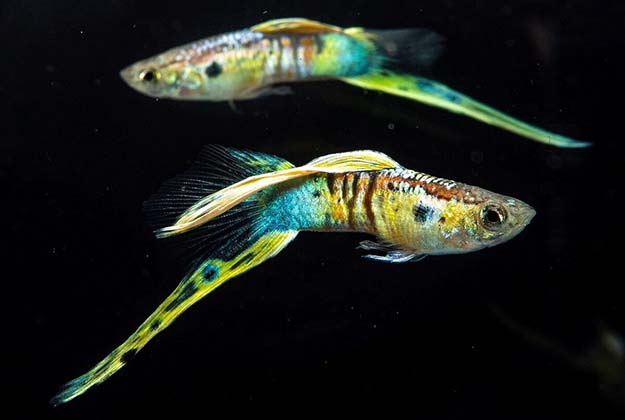 |
2. Fantail Guppy
| The Fantail Guppy has a wide and flat tail fin that looks like a team and makes the fish look very majestic. These tail movements are rather large, cover great distances, and serve as the focus that draws attention to its beautiful colors. |
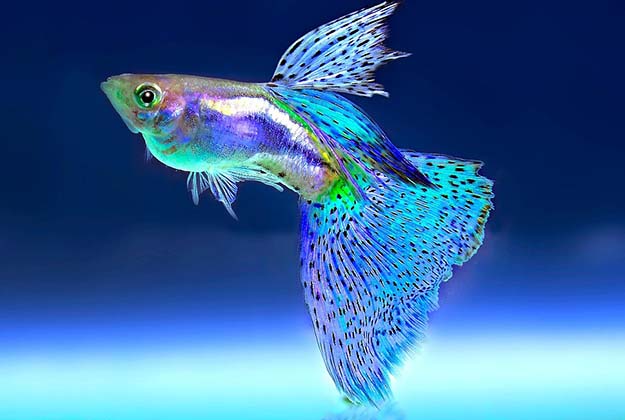 |
3. Delta Tail Guppy
| The Delta Tail Guppy has a triangular-shaped tail with pointed ends, which give the fish a spirited look. Its edges and sleek lines give it the much-needed shock to the tanks it is placed in. |
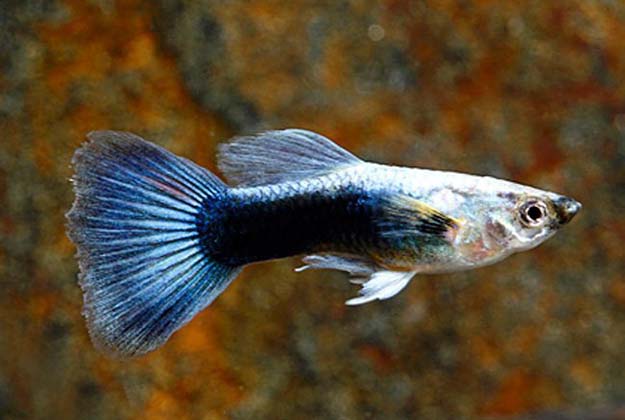 |
4. Double Swordtail Guppy
| This impressive variety has elongated lower and upper tail fins and is quite spectacular to watch when in movement. The Double Swordtail Guppy certainly deserves attention, and it will not let you remain indifferent. |
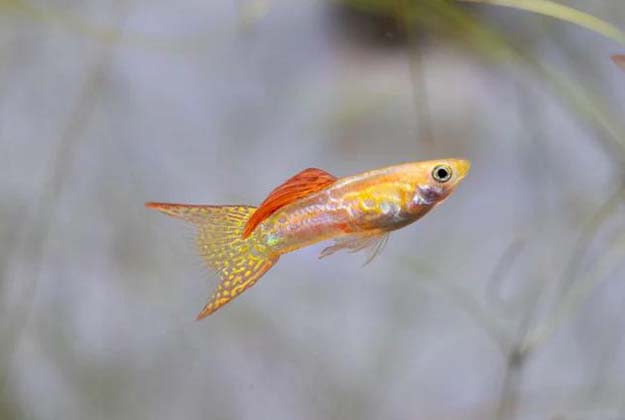 |
5. Full-Moon Guppy
| It is the full roundness of its tail that gives Full-Moon Guppy that stunning orbital feel and brings a certain trance-like beauty to the water tank. The fact that it is gentle and resembles calm water makes it promote tranquility. |
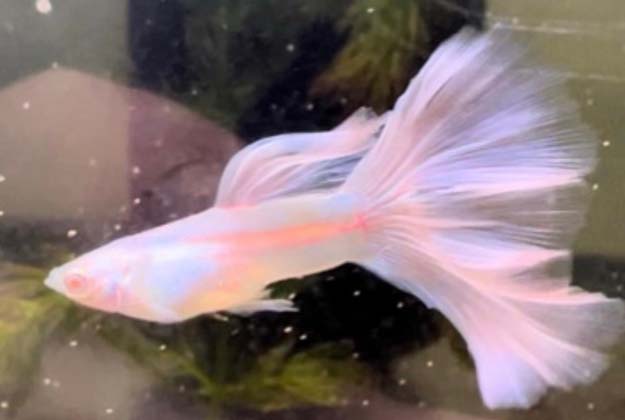 |
6. Endler’s Guppy
| This one originates from Venezuela, and it’s a very bright and bold patterned fish that comes in deep reds right through to brilliant blue and glistening green. Due to their beautiful patterning and active demeanor, they are well-loved by guppy lovers. |
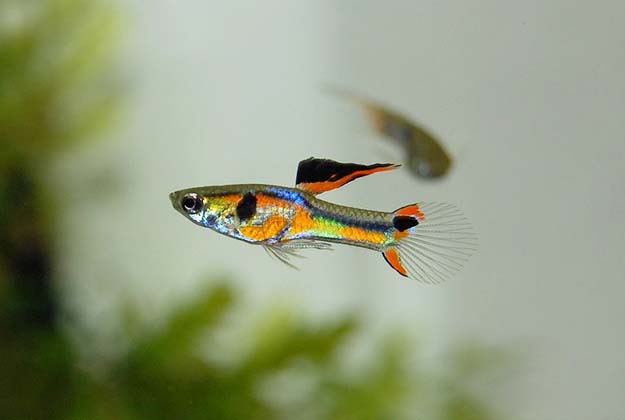 |
7. Neon Guppy
| These are rather bright and resemble the neon tetras, this type is always illuminating an aquarium with brilliant neon tint. Often combining bright and vivid colors with areas of black, they offer a striking spectacle. |
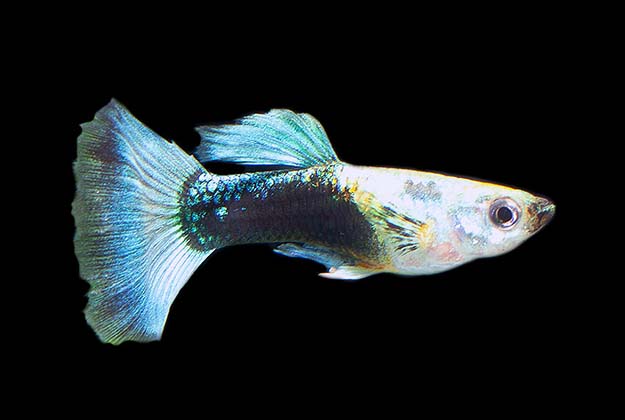 |
8. Moscow Guppy
| The Moscow Guppy is a beautiful-looking fish as it has a shiny black body which is often complemented by red or blue colors. The black background and bright colors are extremely contrasting which makes for a powerful aesthetic approach. |
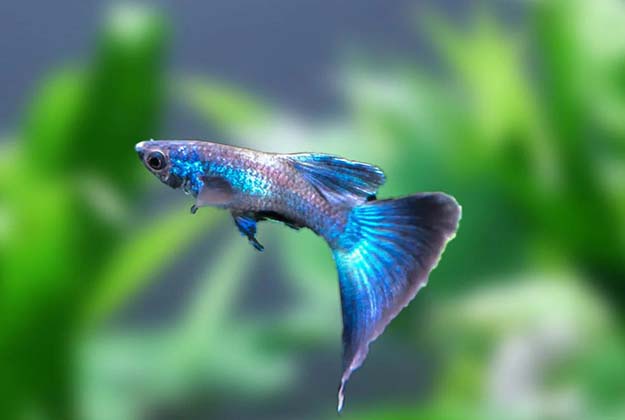 |
9. Blue Grass Guppy
| The Blue Grass Guppy is a bright fish, and its blue coloration covers the entire body of the fish. These different shades of blue – from understated turquoise to intense sapphire – are used to depict the seascape. |
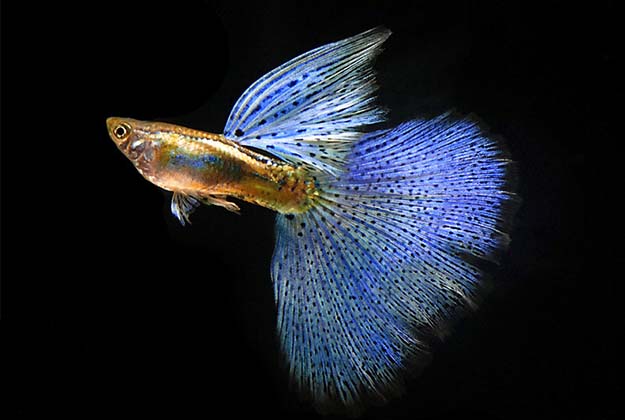 |
10. Red Tuxedo Guppy
| The Red Tuxedo Guppy has a black body and a red head and tail, which makes them very conspicuous. These colors are simple yet classy and are perfect for any type of aquarium as they are timeless in design. |
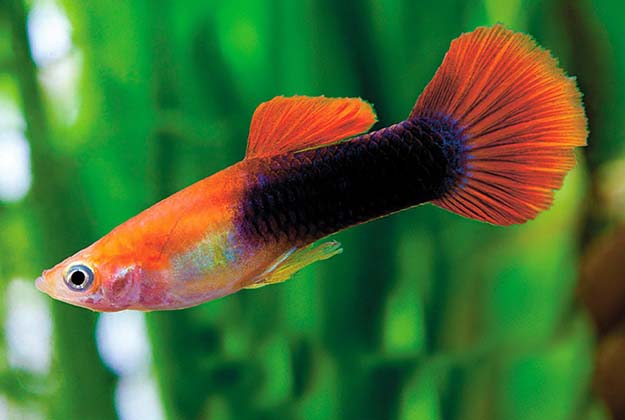 |
How to Tell Male and Female Guppies Apart
- Size: Males always have smaller sizes when compared to female guppy fish.
- Shape: Males are more slender while females are comparatively larger, especially when they are carrying their fry.
- Coloration: Males are usually brighter and more colorful than females.
- Dorsal Fin: Males have longer and more elaborate dorsal fins than females do.
- Anal Fin: This is the most apparent difference. Males possess an elongated, narrow, and pointed pelvic fin called the gonopodium. It’s used for mating. The female comprises a triangular-shaped anal fin.
- Gravid Spot: Female guppies give birth to live young and when they are pregnant, they have a black spot near the anal fin. This is referred to as the gravid spot.
Guppy Fish Care Sheet
Tank Setup
- Size: A minimum of 5 gallons for a small group, but larger tanks are better for breeding or larger guppy fish
- Filtration: A good quality filter is essential for maintaining water quality.
- Heater: Guppies prefer water temperatures between 72-82°F (22-28°C).
- Lighting: Moderate lighting is sufficient.
- Substrate: Sand or small gravel is suitable.
- Decorations: Provide hiding spots with live or artificial plants.
Water Conditions
| Temperature: 72-82°F (22-28°C) |
Hardness: Hard water is preferred. |
| pH: 6.5-7.0 or slightly higher |
Water Changes: Perform 25% water changes weekly to maintain water quality. |
Feeding
- Diet: Offer a variety of foods including flakes, pellets, frozen, and live foods like brine shrimp and bloodworms.
- Feeding Schedule: Feed small amounts two to three times a day. Avoid overfeeding.
Breeding
| Sexing: Males have a gonopodium (modified anal fin), while females are larger and have a triangular anal fin. |
Livebearers: Guppies give birth to live young. |
| Fry Care: Separate fry from adults to prevent them from being eaten. Provide a suitable environment for fry growth. |
Compatibility
- Peaceful Community Fish: Guppies are generally peaceful and can be kept with other peaceful species like neon tetras, platyfish, and mollies.
- Avoid Aggressive Fish: Avoid tank mates that are larger or aggressive, as they may harass or prey on guppies.
Common Problems
- Fin Rot: Caused by poor water quality. Treat with appropriate medication.
- Ich: White spots on the body. Treat with aquarium salt or ich medication.
- Pop Eye: Bulging eyes. It can be caused by various factors, including water quality and nutrition. Or consult a veterinarian.
The Bottom Line
Guppies are living colorful fish that will enhance the beauty of a tank and be active and playful too. They do not go to school but are good when they are in small groups. Sexing is vital for breeding because one needs to know how a male differs from a female. They also require proper tank conditions, such as the quality of water and the temperature of the water. If a proper environment and diet are offered, you will be able to see the beauty and liveliness of these fascinating fish.
Related Products












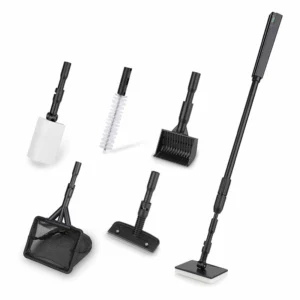
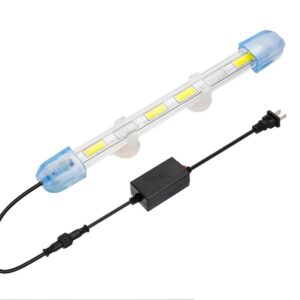
Leave a comment